Capabilities
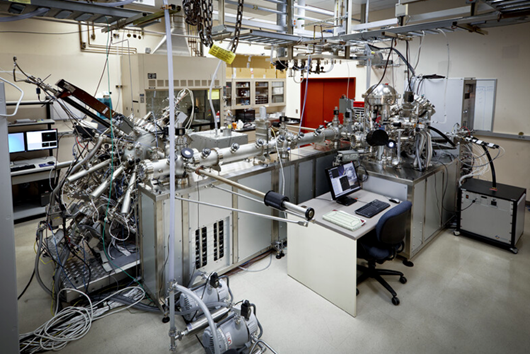 |
Atomically Precise Physical Vapor DepositionThe ESC’s two molecular beam epitaxy (MBE) deposition systems are a flexible platform for the deposition of a wide variety of single crystal thin films, and both offer powerful in situ characterization capabilities. Click here to learn more about this capability. |
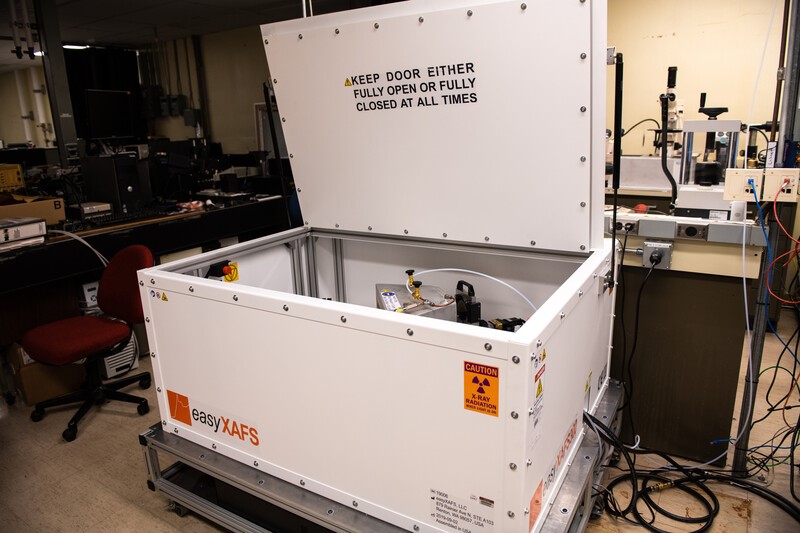 |
Benchtop X-Ray Absorption/Emission SpectrometersThe benchtop x-ray laboratory houses two instruments (easyXAFS100and easyXES100) capable of performing x-ray absorption fine structure (XAFS) and x-ray emission (XES) spectroscopies. These instruments allow researchers to directly probe the chemical and electronic state of metal atoms in a wide range of chemical systems. Click here to learn more about this capability. |
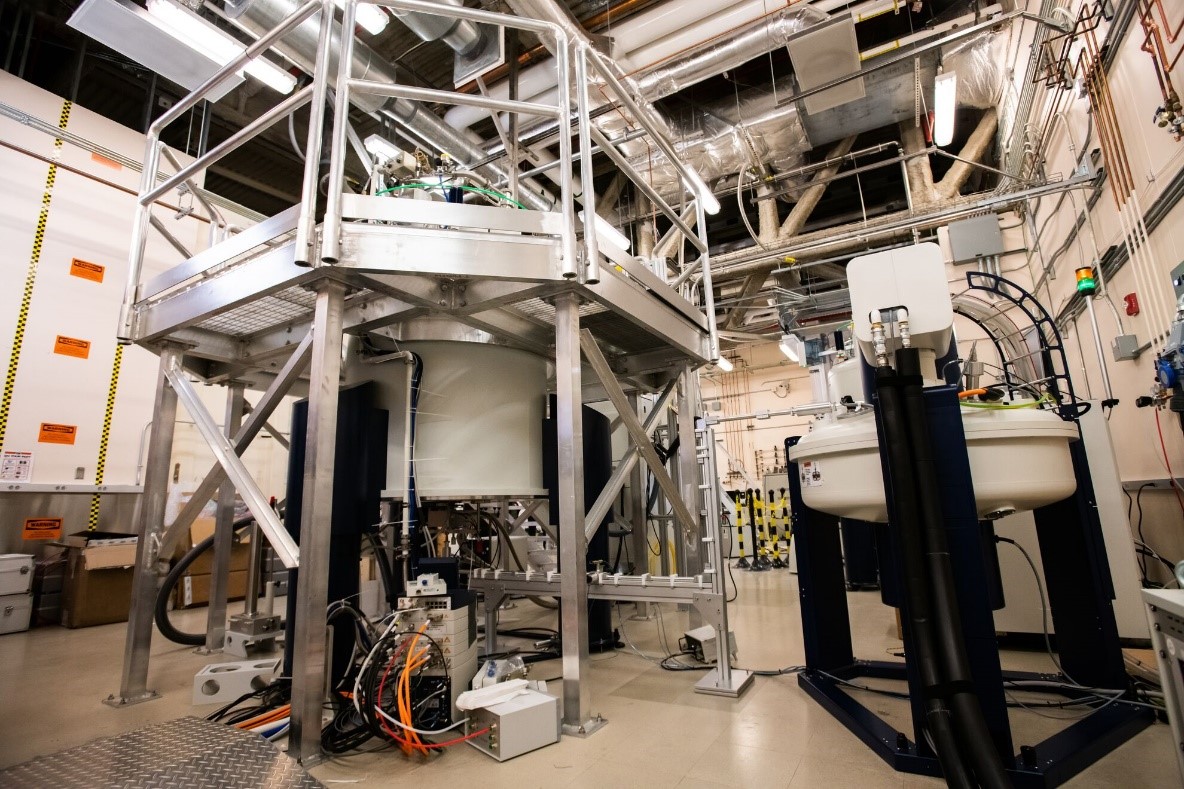 |
Dynamic Nuclear Polarization-Nuclear Magnetic Resonance SpectrometerThis high-field dynamic nuclear polarization-nuclear magnetic resonance spectrometer (DNP-NMR) provides PNNL with powerful experimental capabilities for taking NMR experiments to a new level of sensitivity and selectivity. Click here to learn more about this capability. |
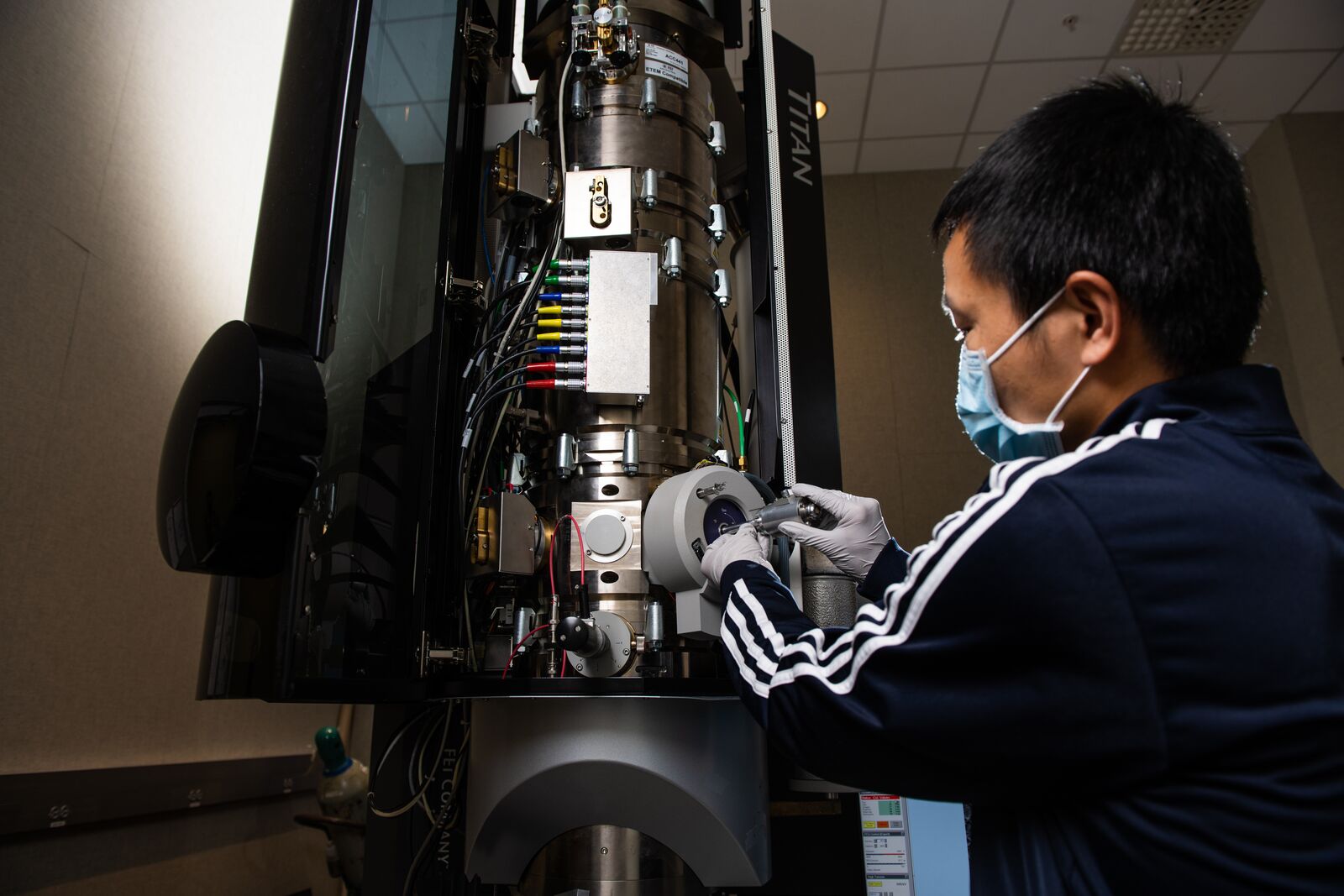 |
In Situ Transmission Electron Microscopy (In Situ TEM)A range of in situ capabilities are available for transmission electron microscopy (TEM) research in ESC. The in situ capabilities are enabled by TEM specialty holders, which allow application of external stimuli to the samples or exposure of samples to controlled environments while the samples are imaged under the electron beam. Click here to learn more about this capability. |
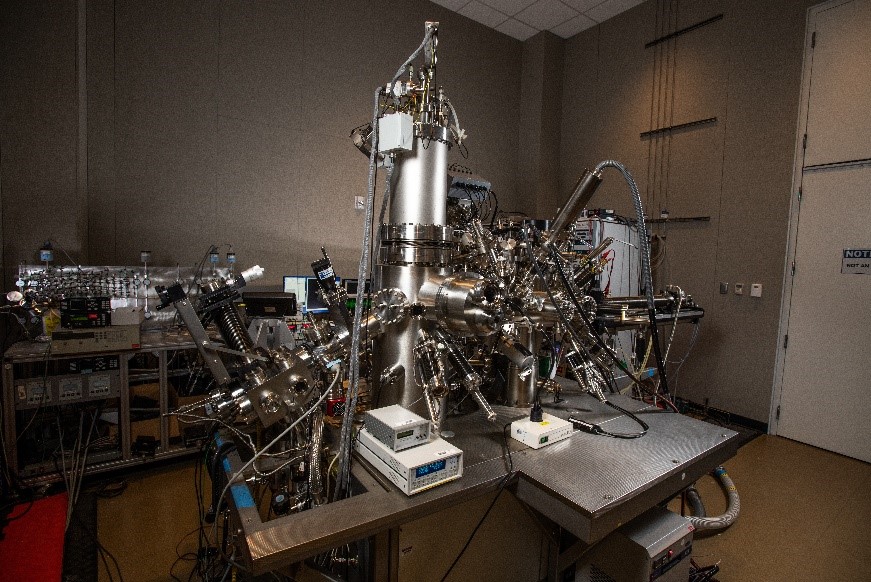 |
Low-Temperature Scanning Probe Microscopy (LT-SPM)Low-temperature scanning probe microscopy (LT-SPM) is used to image surfaces at the atomic level as well as image individually adsorbed species with single-molecule resolution. The unique combination with a molecular beam dosing further allows for studies of important chemical processes at the interfaces. Click here to learn more about this capability. |
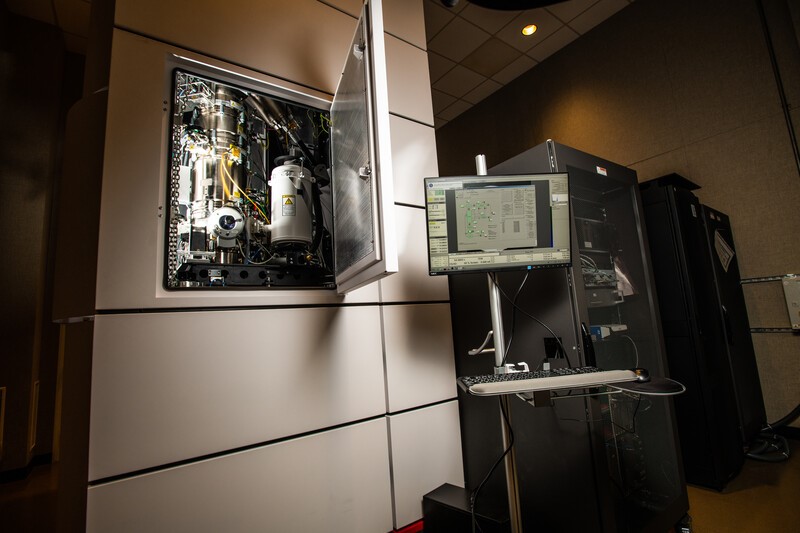 |
Themis Z 30-300 kV, Monochromated Aberration Corrected Transmission Electron Microscope (MACSTEM)The Themis Z 30-300 kV is a state-of-the-art monochromated aberration corrected scanning transmission electron microscope (MACSTEM) that provides high-resolution analytical characterization for a broad range of materials science, catalysis, and geochemistry research. Click here to learn more about this capability. |
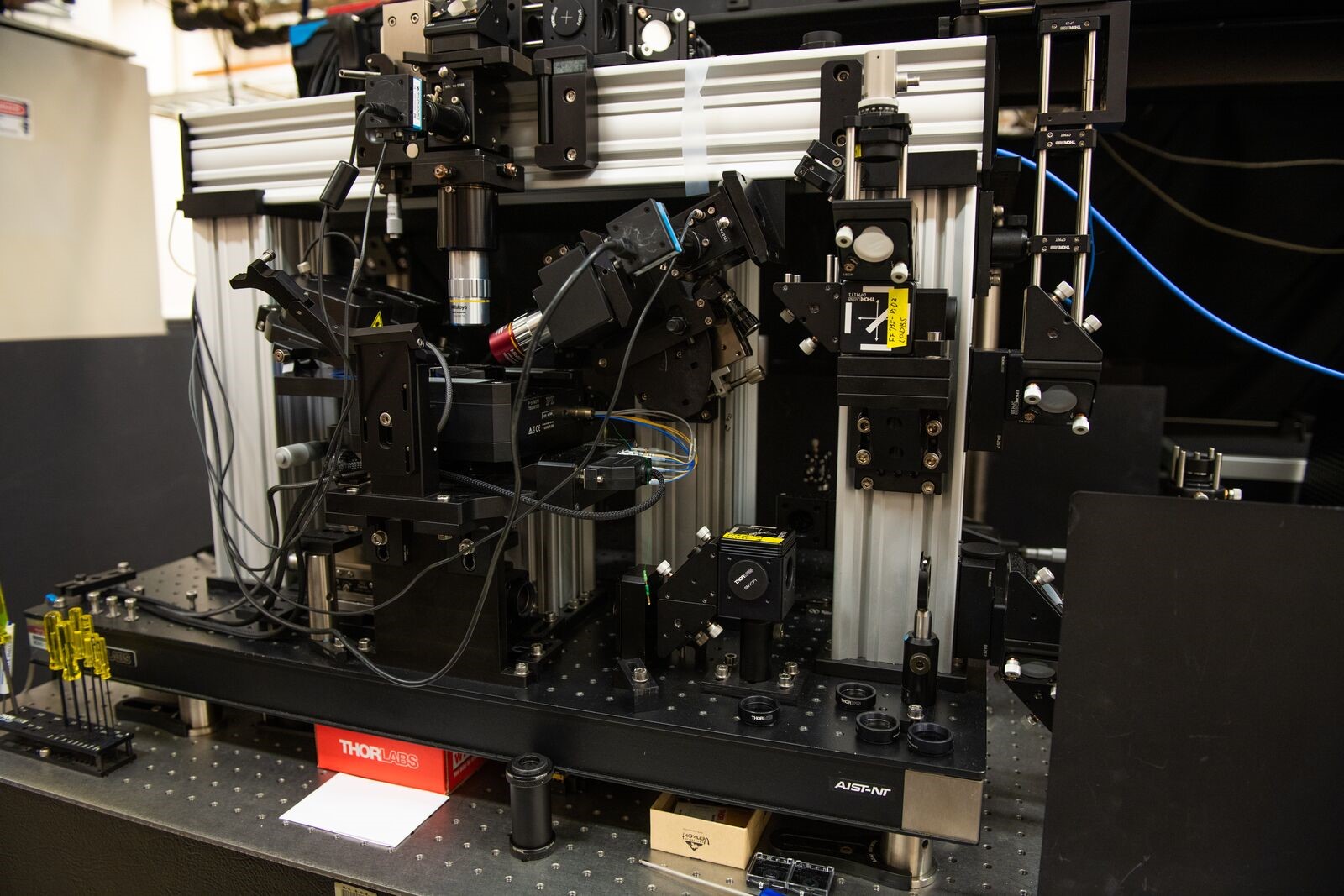 |
Tip-Enhanced Optical Nano-Imaging and Nano-Spectroscopy (TEON)The Tip-Enhanced Optical Nano-Imaging and Nano-Spectroscopy (TEON) platform combines atomic force microscopy (AFM) with (non)linear optical microscopy and spectroscopy. Several optical measurements are possible using the broad range of light sources that are coupled to this setup, including continuous wave and pulsed lasers. Click here to learn more about this capability. |